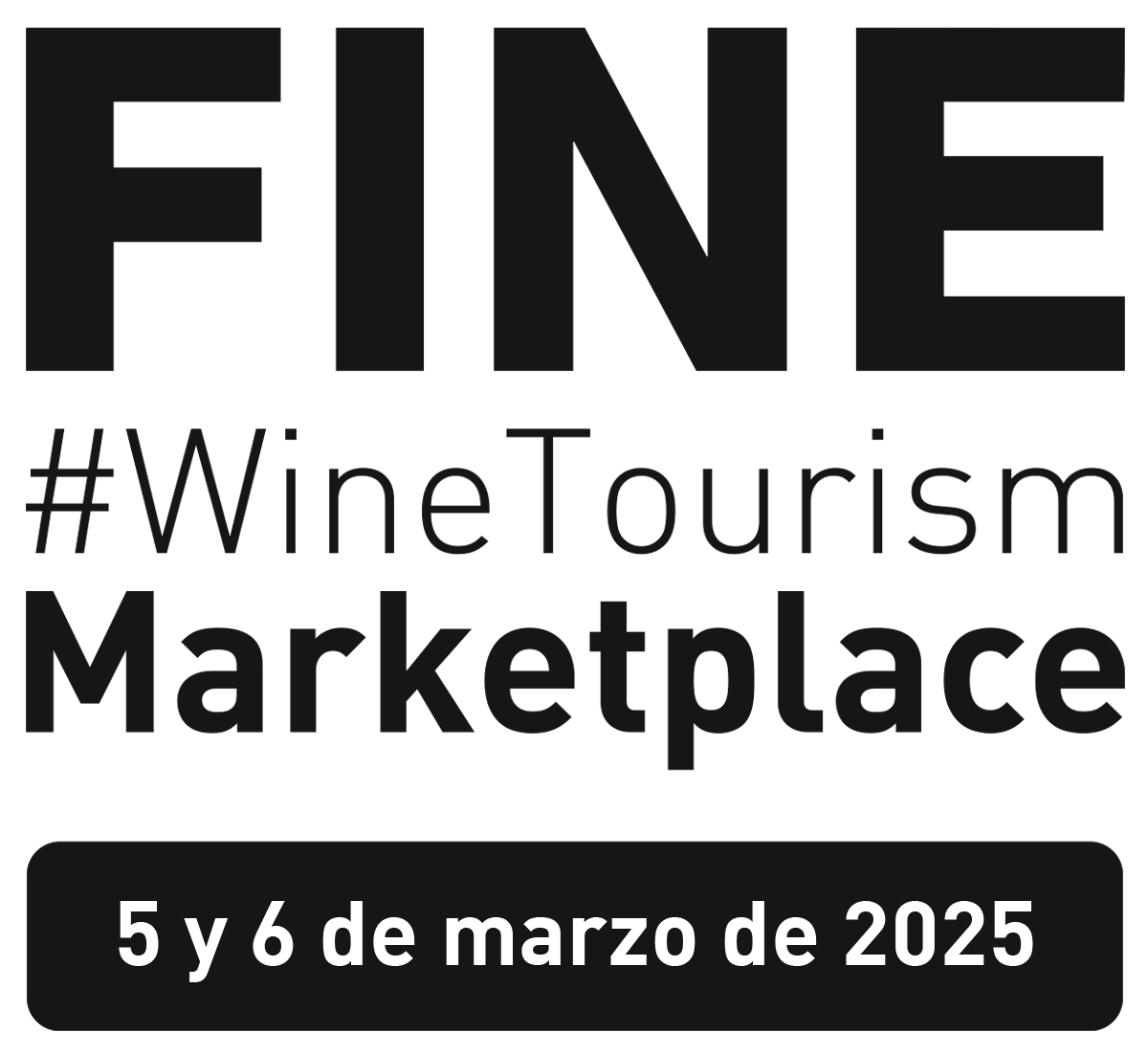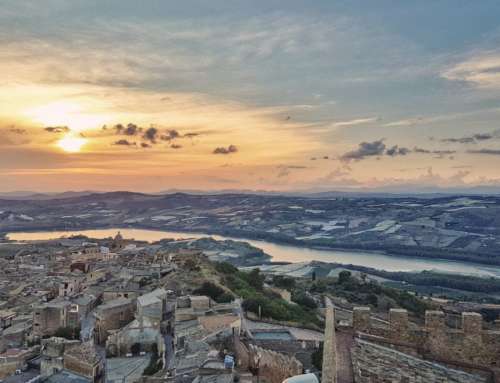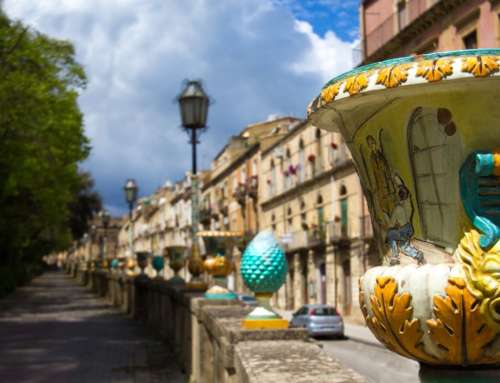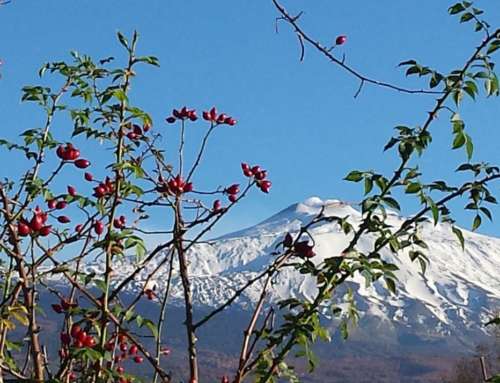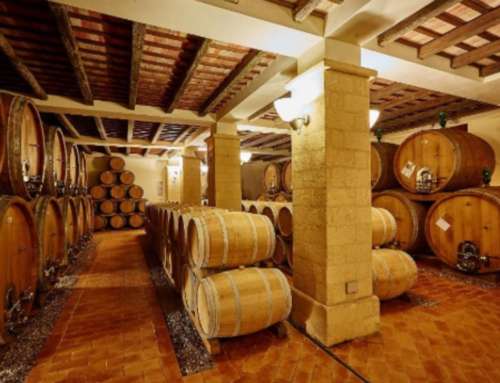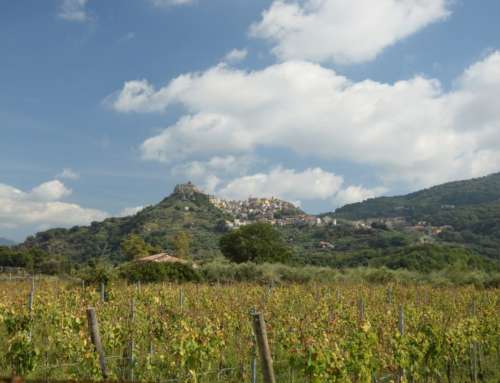The Arlanza Wine Route wants to be one of the protagonists of FINE 2025
The Arlanza Wine Route wants to be one of the protagonists of FINE 2025
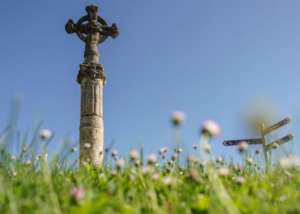
The Arlanza Wine Route presents itself as a benchmark wine tourism destination in Castilla y León, encompassing territories in the provinces of Burgos and Palencia. This route, which will participate in the next edition of FINE, offers visitors an immersion into the essence of Castilla, combining winemaking tradition with a rich historical and natural heritage.
Culture and wine intermingle in this area
The winemaking tradition of the Arlanza region dates back to the 10th century, with historical records evidencing the existence of vineyards managed by monasteries in the region.
For example, the monastery of Santa María de Bujedo de Juarros acquired vineyards on the banks of the Arlanza and Duero rivers for its supply, expanding its properties in localities such as Quintanilla del Agua. Over the centuries, viticulture has consolidated as a fundamental economic and cultural activity in the area, reflecting the identity and character of its inhabitants.
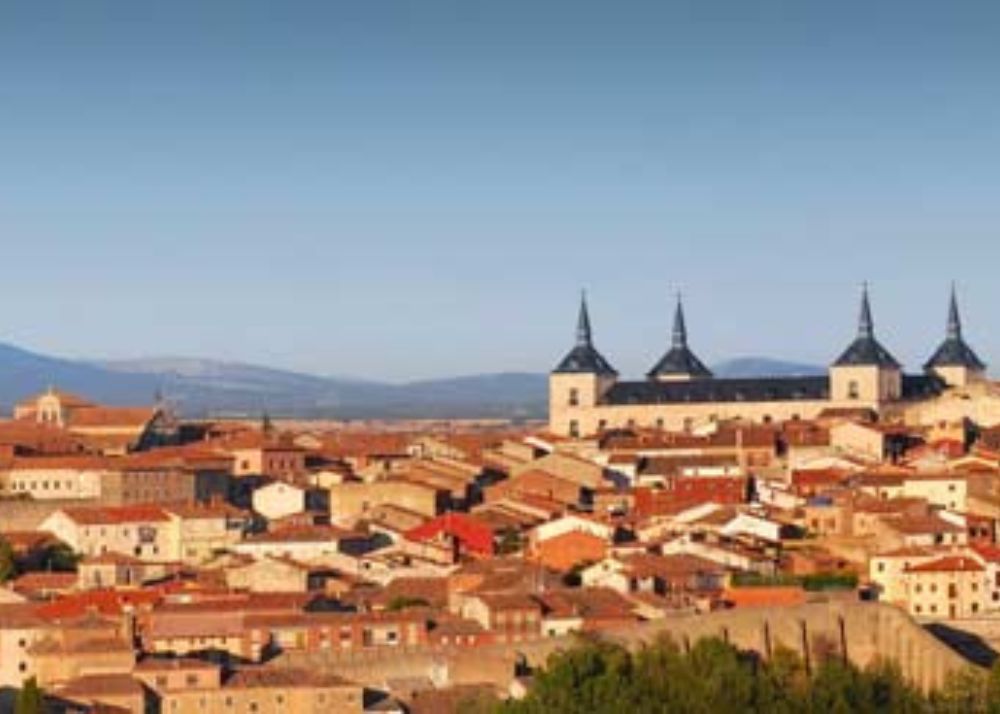
Image: Ruta del vino de Arlanza
60 localities to discover
The Arlanza Wine Route covers more than 60 municipalities, distributed between the provinces of Burgos and Palencia, offering a wide range of wine tourism experiences tailored to various visitor profiles. The local wineries, many of them with a long family tradition, open their doors to show the winemaking process, especially highlighting the Tempranillo variety, known in the region as Tinta del País. These visits include tastings led by expert winemakers, allowing visitors to appreciate the particularities of the local wines.
In addition to winery visits, the route offers complementary activities that enrich the visitor’s experience. Among them are hiking and cycling routes that traverse landscapes of vineyards, juniper groves, and cereal fields, allowing a direct connection with nature.
The historical heritage is another of the highlighted attractions, with monuments such as the monastery of San Pedro de Arlanza, considered one of the oldest in Castilla, and the village of Covarrubias, known for its traditional architecture and historical relevance. The local gastronomy complements the offer, with restaurants that fuse traditional Castilian cuisine with innovative proposals, always paired with the wines of the Arlanza Denomination of Origin.
Modernity in winemaking
The wineries of the Arlanza Wine Route have demonstrated a firm commitment to quality and innovation in their production processes. Although the Arlanza Denomination of Origin was officially recognised in 2007, the region has experienced a resurgence in its winemaking activity since the 1990s, thanks to the efforts of winemakers and oenologists dedicated to recovering and enhancing native varieties.
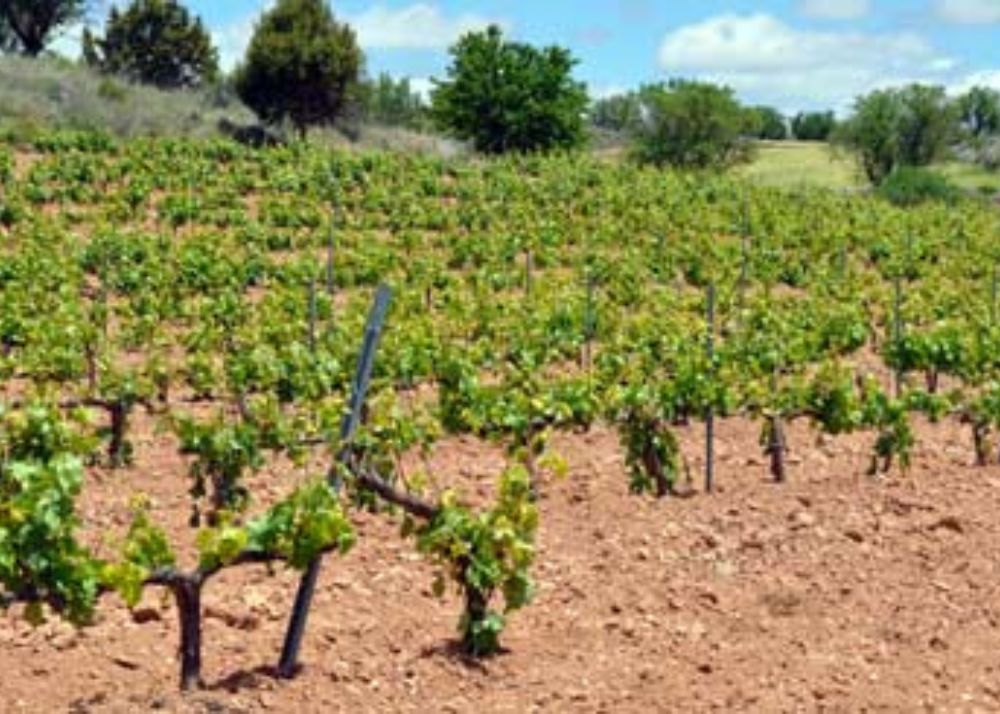
Image: Ruta del vino de Arlanza
This commitment is reflected in the adoption of sustainable practices in vine cultivation and the implementation of modern winemaking techniques that respect the traditional characteristics of the region’s wines. The collaboration between wineries, institutions, and cultural entities has been key to positioning Arlanza as a wine tourism destination of excellence, offering high-quality products and services to visitors.
The participation of the Arlanza Wine Route in FINE 2025 represents a unique opportunity to discover a region that combines history, nature, and a deep passion for wine. Attendees are invited to visit the route’s stand to obtain detailed information about the available experiences and plan a visit that will undoubtedly leave a lasting impression.
